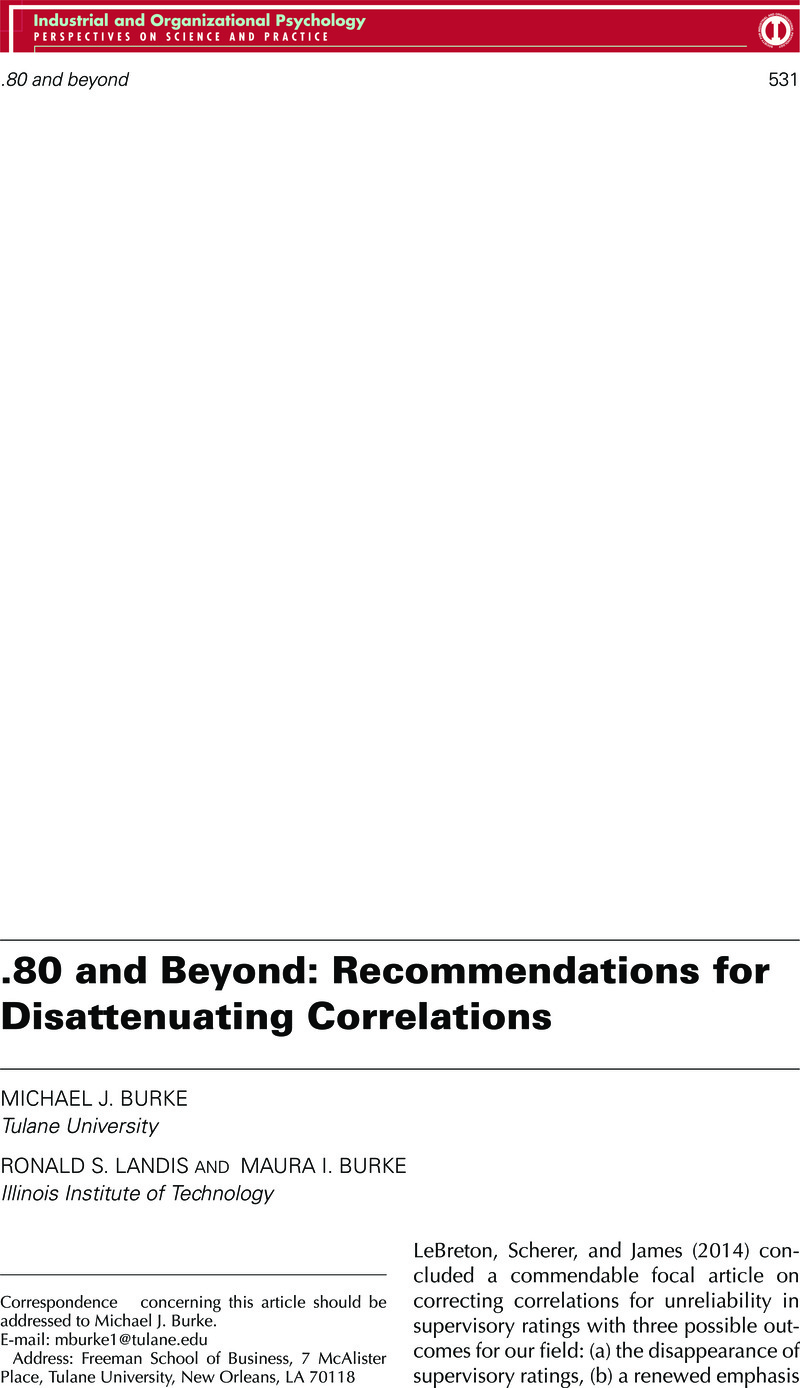Burke, M. I.,
Landis, R., &
Burke, M. J. (
2014, May). Conducting meta-analysis at the group-level of analysis. In S. B. Morris (Chair),
Meta-analysis methods for messy, incomplete, and complex data. Symposium at the 29th Annual Conference of the Society for Industrial and Organizational Psychology, Honolulu, HI.
Google Scholar 